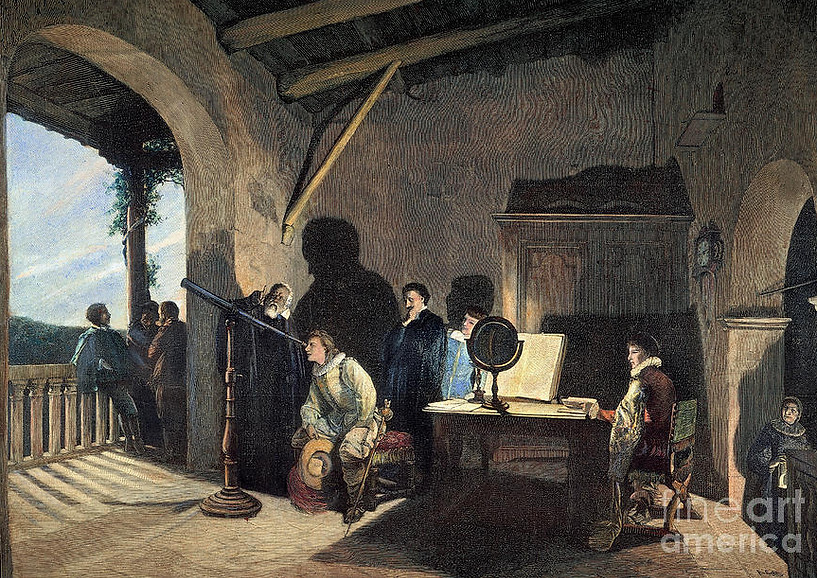
Timeline
of Renaissance
Inventions
And Science
pocket watch, 1510
By Peter Henlein
A pocket watch told society so much about a gentleman, with regard to his social standing and his place in society. Pocket watches were passed down as a family heirloom and something a man could treasure.
The Renaissance period additionally had a positive, indirect impact on the social and cultural life of European countries. This sociocultural impact consequently ignited changes in the realm of science and inventions. Renaissance period was the transitional stage in Europe between the modern and medieval times. Developments of this particular period turned out to be the cornerstone of technological development.
Printing Press, 1440
By Johannes Gutenberg
The most important invention of the Renaissance, and perhaps in the history of the world, was the printing press. By 1500 there were printing presses throughout Europe. The printing press allowed for information to be distributed to a wide audience. This helped to spread new scientific discoveries as well, allowing scientists to share their works and learn from each other.

Telescope, 1608
By Hans Lippershey
The telescope is one of humankind's most important inventions. The simple device that made far away things look near gave observers a new perspective. When curious men pointed the spyglass toward the sky, our view of Earth and our place in the universe changed forever.

Submarine, 1624
By Cornelius van Drebbel
Leonardo da Vinci made the first model of a submarine. Having said that, Cornelius van Drebbel was the one who systematically created the submarine in 1624. It was checked in the river Thames and continued to be immersed underwater for about three hours.

Other Inventions

Near the end of the Renaissance, the scientific revolution began. This was a time of great strides in science and mathematics. Scientists like Francis Bacon, Galileo, Rene Descartes, and Isaac Newton made discoveries that would change the world.
"The important thing is to never stop questioning."
ـــ Albert Einstein


First Blood Transfusion
The first animal to human blood transfusion was performed by Dr. Jean-Baptiste Denys, who was physician to King Louis XIV. On June 15, 1667, he transfused the blood of a sheep into a 15-year-old boy. Denys then performed a transfusion into a laborer. Both survived the procedure, likely because the small amount of blood actually transfused allowed them to withstand the allergic reaction. The third patient was Swedish Baron Gustaf Bonde who received two transfusions and died after the second. Denys then performed several transfusions on Antoine Mauroy who died after the third procedure.
Astronomy
During the Renaissance, people began once again to explore and experiment with the world around them. One area of science which made great leaps during this time was astronomy. Astronomy is the study of celestial bodies in outer space such as the Moon, the planets, and the stars. Many of the great scientific discoveries made during the Renaissance were in the area of astronomy. Great scientists such as Copernicus, Galileo, and Kepler all made major contributions.


Alchemy
The Renaissance and the post-Renaissance period marked both the high point and the turning point of alchemy in the West. During the same years in which Kepler, Galileo, Descartes, Boyle, and Newton wrote their revolutionary scientific works, more alchemical texts were published than ever before. But under the impact first of the Reformation and later of the seventeenth-century scientific revolution, alchemy was profoundly changed and ultimately discredited. The organic, qualitative theories of the alchemists were replaced by an atomistic, mechanical model of change, which eventually undermined the alchemical theory of transmutation. The balance between the spiritual and the physical, which had characterized alchemical thought throughout its long history, was shattered, and alchemy was split into two halves, theosophy and the practical laboratory science of chemistry.

Andreas Vesalius (1514-1564) was the most well-known anatomist of his time. The Renaissance marked a new period of interest in art and science throughout Europe. People were curious about how the human body worked so they dissected dead bodies. This new study of the human anatomy contradicted earlier theories and brought about a more scientific approach to medicine. For hundreds of years, people thought that the heart made blood from food and drink, and the body absorbed it. An English doctor named William Harvey (1578-1657) showed that the heart recycles blood and acts as a pump to circulate it throughout the body.










